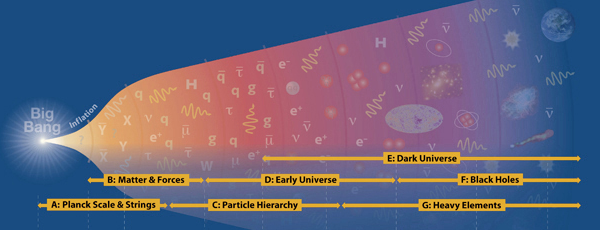Emission line models for the lowest mass core-collapse supernovae - I. Case study of a 9 M$__s13sun_s19$ one-dimensional neutrino-driven explosion
Keywords
hydrodynamics, line: formation, radiative transfer, stars: evolution, supernovae: general, supernovae: individual: SN 1997D, SN 2005cs, SN 2008bk
Abstract
A large fraction of core-collapse supernovae (CCSNe), 30-50 per cent, are expected to originate from the low-mass end of progenitors with MZAMS = 8-12 M⊙. However, degeneracy effects make stellar evolution modelling of such stars challenging, and few predictions for their supernova light curves and spectra have been presented. Here, we calculate synthetic nebular spectra of a 9 M⊙ Fe CCSN model exploded with the neutrino mechanism. The model predicts emission lines with FWHM ˜ 1000 km s-1, including signatures from each deep layer in the metal core. We compare this model to the observations of the three subluminous IIP SNe with published nebular spectra_s19 SN 1997D, SN 2005cs and SN 2008bk. The predictions of both line profiles and luminosities are in good agreement with SN 1997D and SN 2008bk. The close fit of a model with no tuning parameters provides strong evidence for an association of these objects with low-mass Fe CCSNe. For SN 2005cs, the interpretation is less clear, as the observational coverage ended before key diagnostic lines from the core had emerged. We perform a parametrized study of the amount of explosively made stable nickel, and find that none of these three SNe show the high 58Ni/56Ni ratio predicted by current models of electron capture SNe (ECSNe) and ECSN-like explosions. Combined with clear detection of lines from O and He shell material, these SNe rather originate from Fe core progenitors. We argue that the outcome of self-consistent explosion simulations of low-mass stars, which gives fits to many key observables, strongly suggests that the class of subluminous Type IIP SNe is the observational counterpart of the lowest mass CCSNe.





